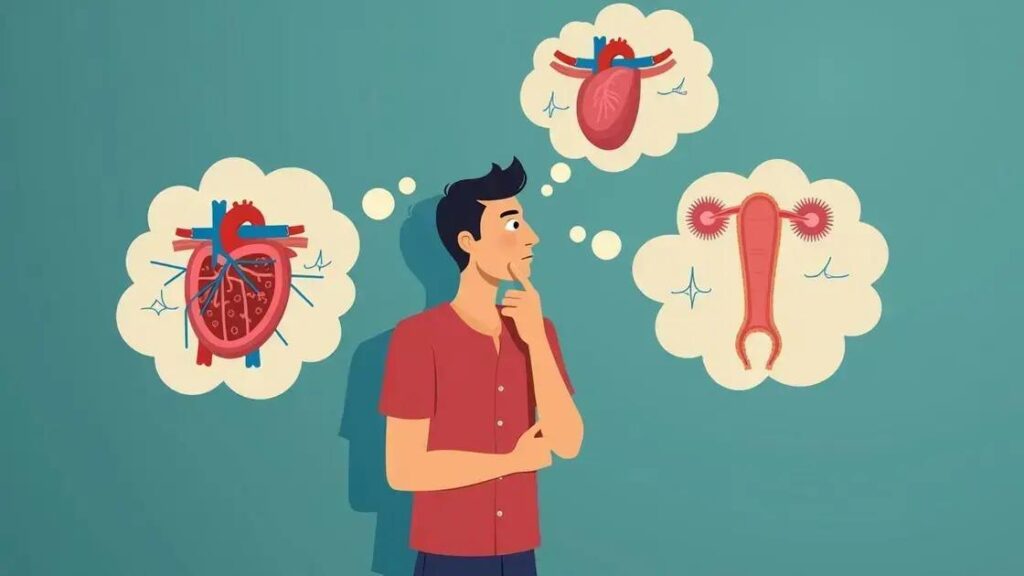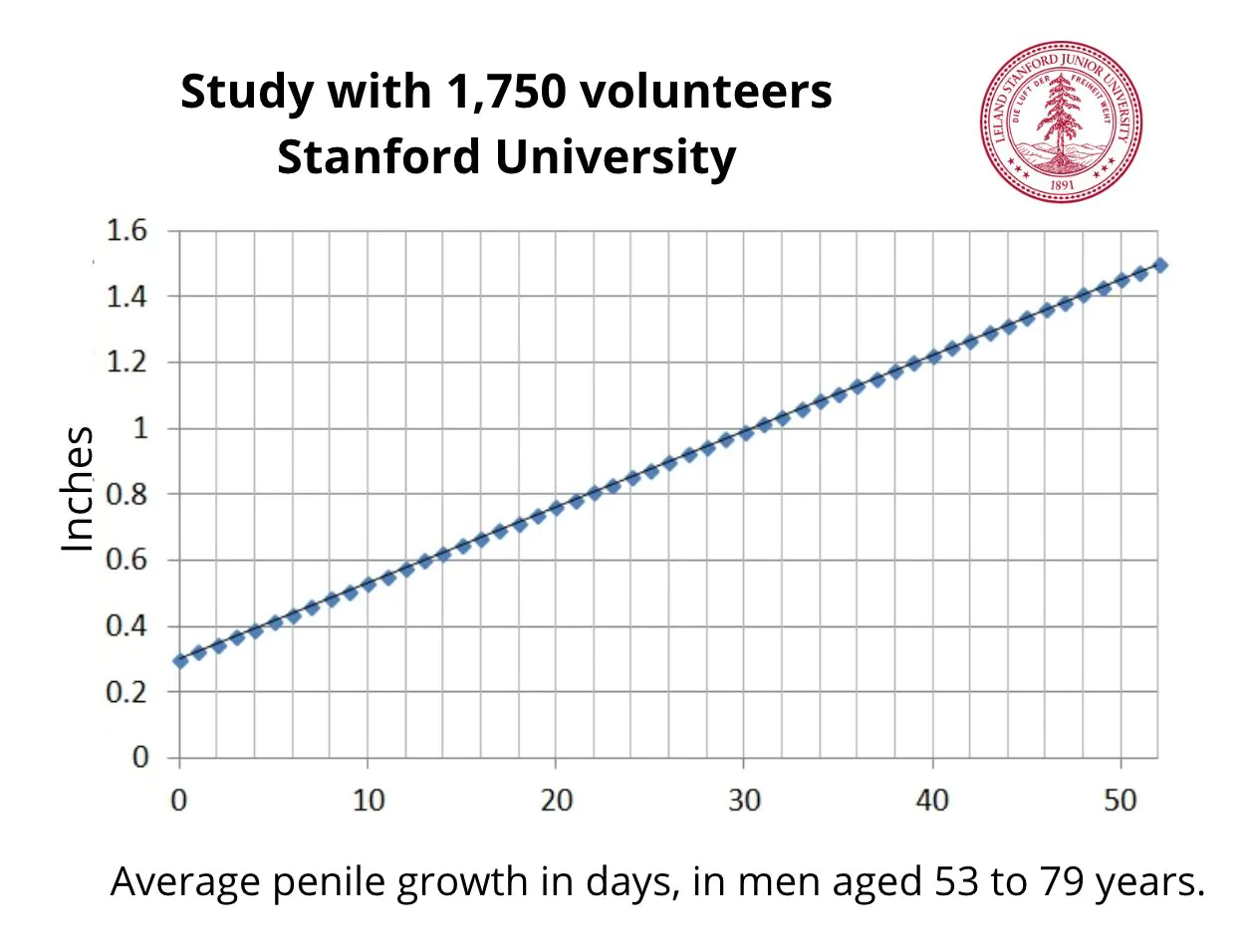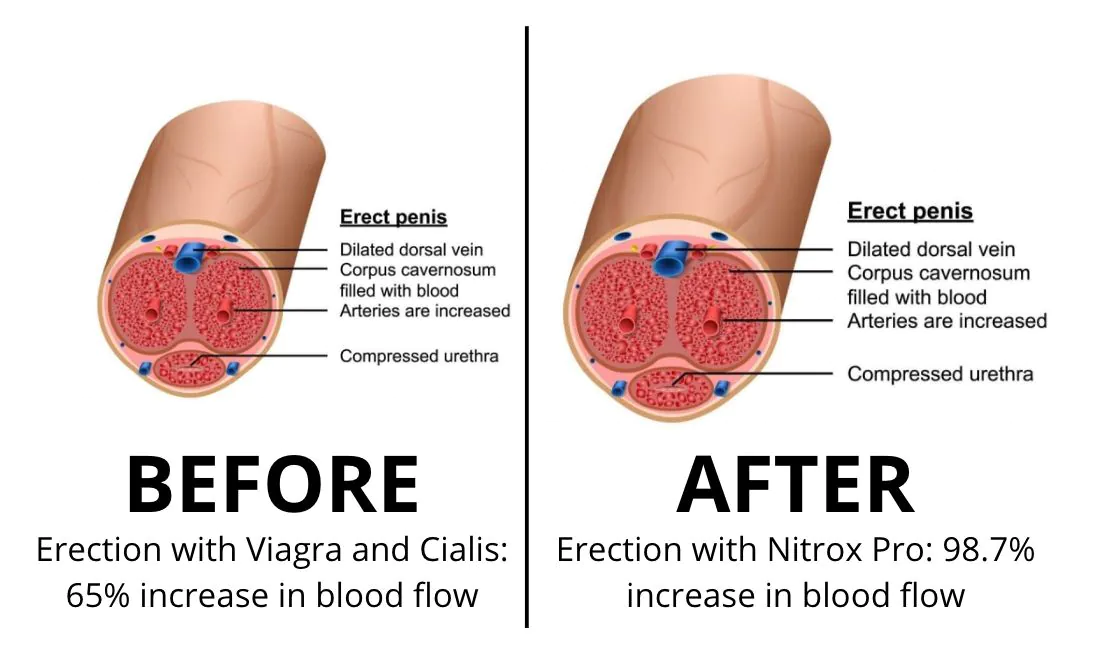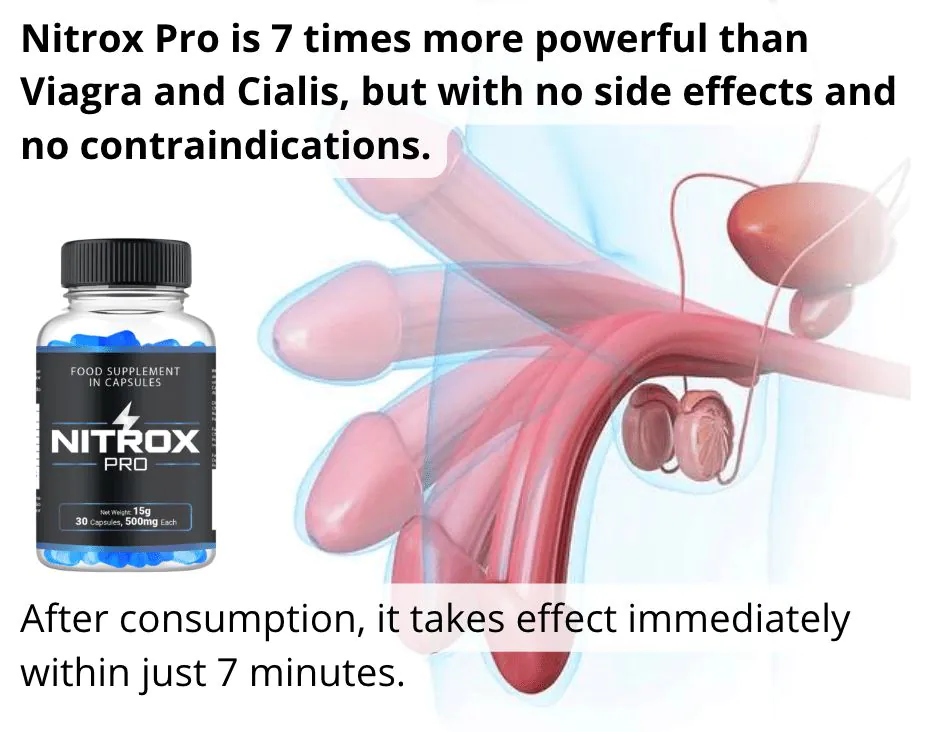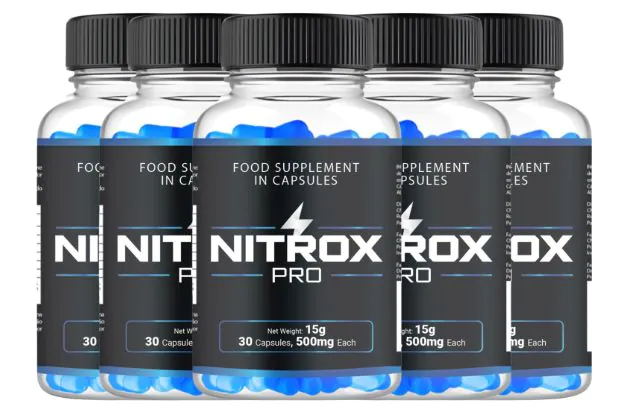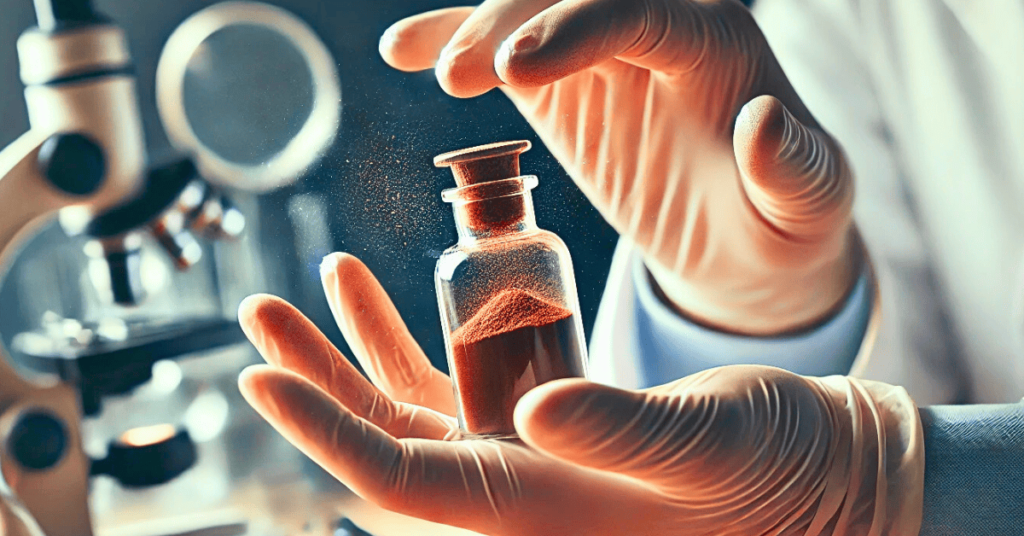Erectile dysfunction can result from poor circulation, as inadequate blood flow to the penis makes it difficult to achieve or maintain an erection. Common causes include atherosclerosis, diabetes, and lifestyle factors such as obesity and smoking. Treatment options range from lifestyle changes and medications to therapy and vacuum devices, making it important to seek professional help for underlying health issues.
Many men often wonder, “Does erectile dysfunction result from poor circulation?” This question highlights a significant concern regarding men’s health. Erectile dysfunction, commonly known as ED, can often be linked to various health conditions, especially those affecting circulation. Understanding the relationship between circulation and erectile function is crucial for seeking effective solutions. In this article, we will delve into the connection between ED and circulation, explore the causes and symptoms of poor circulation, and discuss potential treatment options that can improve both circulation and sexual health.
Understanding Erectile Dysfunction
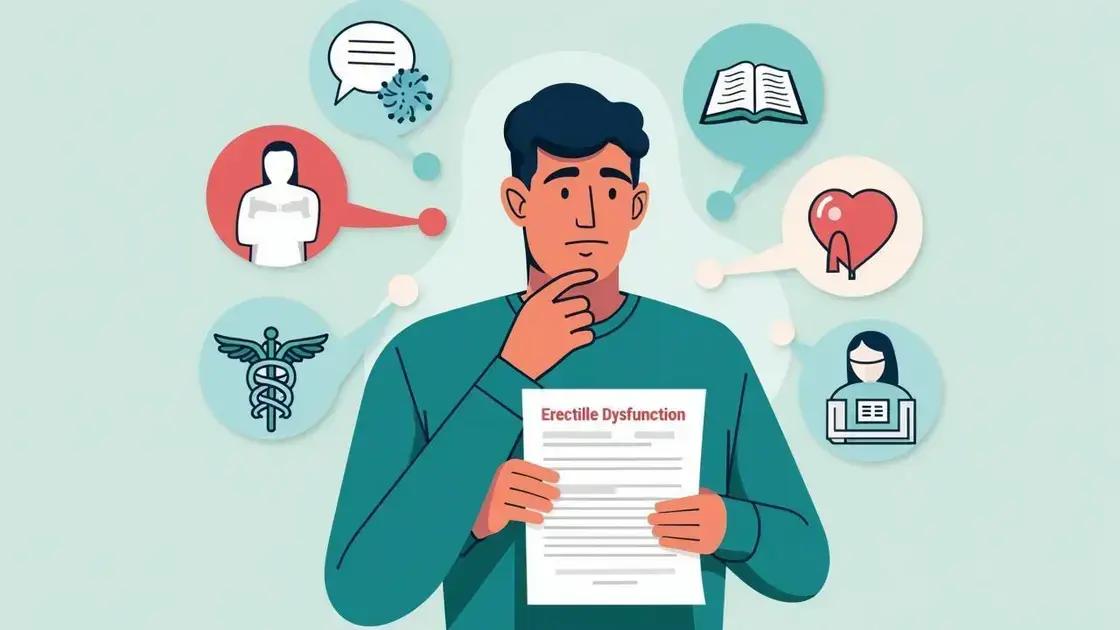
Erectile dysfunction (ED) is a condition that affects a man’s ability to achieve or maintain an erection. It can occur at any age but is more common in older men. Understanding erectile dysfunction is important for men as it can impact relationships and overall quality of life.
What Causes Erectile Dysfunction?
ED can be caused by a variety of factors, including physical and psychological conditions. Physical causes may include heart disease, diabetes, high blood pressure, and poor circulation. On the other hand, psychological causes can involve stress, anxiety, or depression. It is essential to identify the root cause of ED to seek appropriate treatment.
How Common is Erectile Dysfunction?
Statistics show that ED affects millions of men worldwide. According to studies, about 30 million men in the United States experience some form of erectile dysfunction. As men age, the prevalence of ED increases, with around 40% of men experiencing some issues at age 40, and nearly 70% at age 70.
Impact of Erectile Dysfunction
ED can have significant effects on a man’s self-esteem and relationships. It may lead to stress, anxiety, and even depression, making it important for men to seek help if they are experiencing symptoms. Open communication with partners and healthcare providers can help in addressing these issues.
Diagnosis and Evaluation
A healthcare provider typically conducts a physical examination and reviews medical history to diagnose ED. They may perform blood tests or other assessments to identify underlying health problems that could be causing the condition.
Understanding erectile dysfunction is a crucial step for men encountering this issue. By recognizing the causes, impacts, and the importance of seeking treatment, men can take control of their sexual health and overall well-being.
The Link Between Circulation and ED
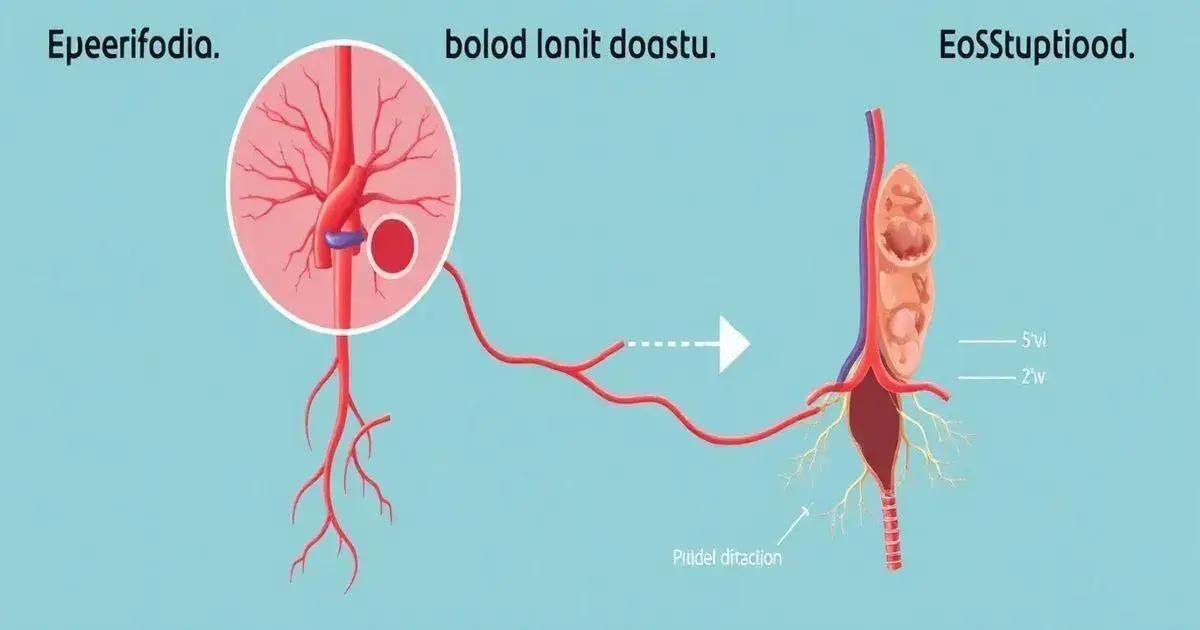
The relationship between circulation and erectile dysfunction (ED) is vital to understand for better health. Good blood flow is essential for an erection. When blood vessels are healthy and open, they allow blood to fill the penis, creating an erection. However, if circulation is poor due to various health issues, this process can be disrupted.
How Poor Circulation Affects Erection
Poor circulation can reduce blood flow to the penis, making it difficult to achieve or maintain an erection. Conditions such as atherosclerosis, where arteries narrow, can significantly limit blood flow. Other factors like high blood pressure and cardiovascular diseases may also play a role.
Circulation and Overall Health
Maintaining good circulation is vital for overall health. When circulation is impaired, it not only affects erectile function but can also influence other body parts. Men with good cardiovascular health often experience fewer issues with ED. Regular exercise can improve circulation, helping to reduce the risk of developing ED.
Signs of Poor Circulation
Symptoms of poor circulation can include cold extremities, numbness, and cramping. These signs can be subtle but are crucial to monitor. If men notice these symptoms along with erectile dysfunction, they should consult with a healthcare professional.
Importance of Seeking Help
Recognizing the link between poor circulation and erectile dysfunction is essential. Men experiencing ED should assess their overall health, including their cardiovascular condition. Professional evaluation can uncover underlying causes that may affect both circulation and erectile function.
Common Causes of Poor Circulation
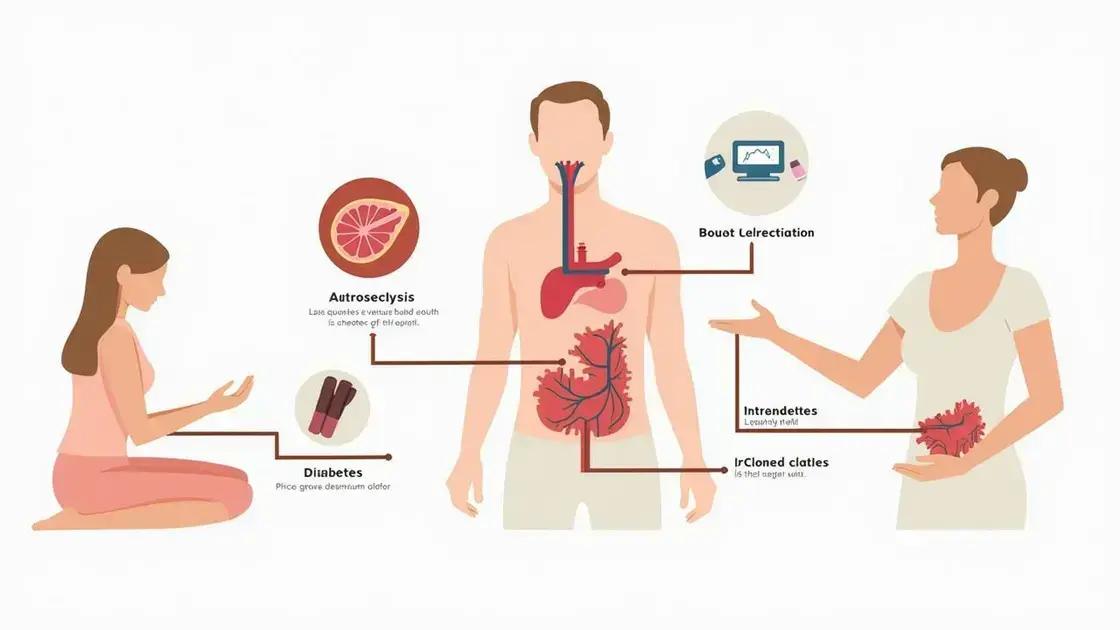
Poor circulation can be caused by various health issues that affect blood flow throughout the body. Understanding these causes is essential for men who want to improve their sexual health and overall well-being. Common causes of poor circulation include:
1. Atherosclerosis
Atherosclerosis is a condition where fatty deposits build up in the arteries, narrowing them and restricting blood flow. This can lead to significant health issues, including erectile dysfunction.
2. Diabetes
Diabetes can harm the blood vessels and nerves, leading to weakened circulation. Men with diabetes are at a higher risk of developing erectile dysfunction due to decreased blood flow.
3. High Blood Pressure
High blood pressure can damage arteries over time, making it harder for blood to flow freely. This increased pressure can also contribute to erectile problems.
4. Obesity
Obesity is linked to various health problems, including cardiovascular issues. Excess weight can lead to reduced blood flow and increase the risk of erectile dysfunction.
5. Smoking
Smoking damages blood vessels and reduces circulation. It is a significant risk factor for both erectile dysfunction and cardiovascular diseases.
By recognizing these common causes of poor circulation, men can take proactive steps to improve their overall health and potentially reduce the risk of erectile dysfunction.
Symptoms of Erectile Dysfunction
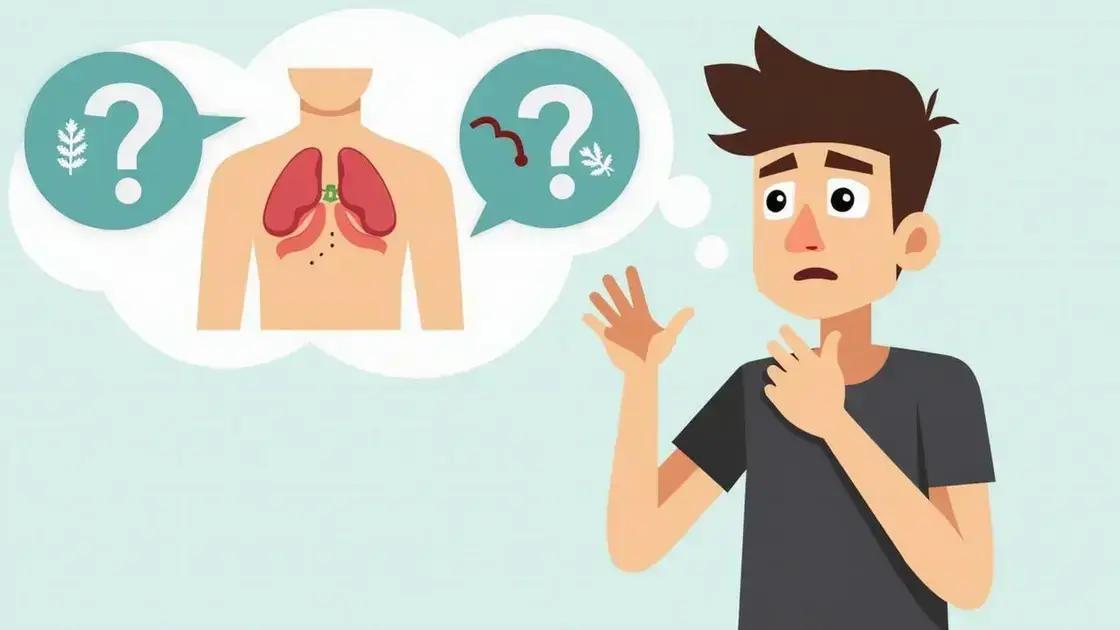
Erectile dysfunction (ED) can present a range of symptoms that may vary in severity. Recognizing the symptoms of erectile dysfunction is vital for men who seek to address the issue. The following symptoms are commonly associated with ED:
1. Difficulty Achieving an Erection
This is often the most obvious symptom. Men may find it hard to get an erection during sexual arousal or activity.
2. Difficulty Maintaining an Erection
Sometimes, a man may be able to achieve an erection but then has trouble keeping it firm enough for sexual intercourse.
3. Reduced Sexual Desire
A decrease in libido or sexual desire can also be a sign of erectile dysfunction. This may be linked to anxiety or hormonal changes.
4. Changes in Erections
Men may notice changes in the quality of their erections. They can become less firm or occur less frequently.
5. Psychological Symptoms
ED can lead to emotional issues such as low self-esteem, anxiety, or depression. These psychological effects can influence sexual function further.
Being aware of these symptoms can help men seek appropriate medical advice and find effective treatments for erectile dysfunction. Early detection is key to managing and improving sexual health.
Treatment Options for ED and Circulation Issues

Treatment options for erectile dysfunction (ED) often aim to improve both sexual function and circulation. Understanding these options is important for managing health effectively. Treatment options for ED and circulation issues include the following:
1. Lifestyle Changes
Making healthier lifestyle choices can greatly impact circulation and ED. This includes regular exercise, a balanced diet rich in fruits and vegetables, maintaining a healthy weight, and reducing alcohol intake.
2. Medications
Several medications are available to treat ED, such as phosphodiesterase type 5 inhibitors like Viagra and Cialis. These medications work by enhancing blood flow to the penis, helping to achieve an erection.
3. Therapy
Counseling or therapy can be beneficial, especially if mental health issues like anxiety or depression contribute to ED. Talking with a professional can help address these psychological factors and may lead to improved erectile function.
4. Vacuum Erection Devices (VED)
VEDs are mechanical devices that create a vacuum to draw blood into the penis. These devices can help men who have difficulty achieving or maintaining an erection.
5. Surgery
In severe cases, surgical options may be considered. This includes penile implants or vascular surgery to improve blood flow. Such procedures are typically reserved for men who do not respond to other treatments.
By exploring these treatment options, men can take positive steps to combat erectile dysfunction and enhance their overall health, including circulation.
Understanding the Connection Between ED and Circulation
Erectile dysfunction (ED) is a common issue that many men face, often linked to poor circulation. By recognizing the symptoms and understanding the various causes, it becomes clear that addressing overall health is essential.
Various treatment options, ranging from lifestyle changes and medications to therapeutic interventions, can help manage ED and improve circulation. Each individual’s situation is unique, making it important to consult healthcare providers for personalized solutions.
Ultimately, staying informed and proactive about health can lead to improved sexual function and overall well-being, emphasizing the link between erectile dysfunction and good circulation.
FAQ – Frequently Asked Questions About Erectile Dysfunction and Circulation
What is erectile dysfunction?
Erectile dysfunction (ED) is the inability to achieve or maintain an erection suitable for sexual intercourse. It can result from various physical and psychological factors.
How is poor circulation related to erectile dysfunction?
Poor circulation can limit blood flow to the penis, making it difficult to achieve or maintain an erection. Conditions like atherosclerosis or diabetes can contribute to this issue.
What are common symptoms of erectile dysfunction?
Common symptoms include difficulty achieving or maintaining an erection, reduced sexual desire, and changes in the quality of erections.
What lifestyle changes can improve erectile dysfunction?
Maintaining a healthy diet, exercising regularly, quitting smoking, and reducing alcohol intake can improve both circulation and erectile function.
What treatment options are available for erectile dysfunction?
Treatment options include lifestyle changes, medications like Viagra, therapy, vacuum erection devices, and in some cases, surgery.
When should I consult a doctor about erectile dysfunction?
You should consult a healthcare provider if you experience ongoing issues with erections, as it may signal underlying health concerns that need attention.

